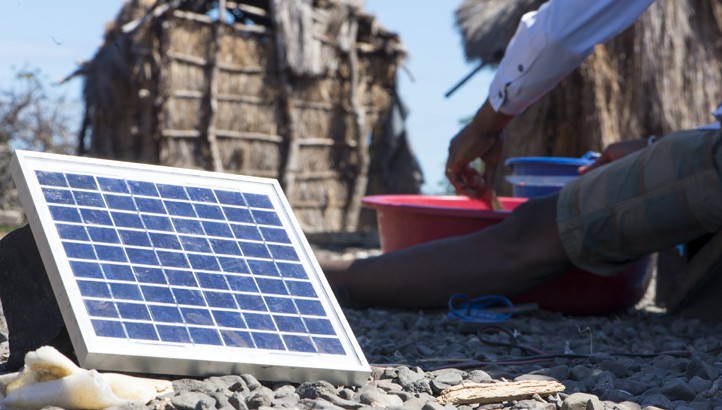Thursday, 27/11/2025 | 11:15 GMT+7
Climatescope, the national clean energy competitiveness index from Bloomberg New Energy Finance found that 55 countries considered to be ‘emerging markets’ were accountable for a record annual high of $126bn of renewable investment for 2014 – up 39% from 2013 levels.
The report stated: “On critical metrics measuring clean energy investment, policy development, and the addition of new clean energy power generating capacity, 2014 was a success across Climatescope nations collectively. Indeed, the year brought further proof that the clean energy centre of gravity is shifting inexorably from “north” to “south”, from developed to developing countries.”
Global growth
The 55 Climatescope countries cover Africa, Asia and Latin America and the Caribbean. The group includes major developing nations China, India, Pakistan, Brazil, Chile, Mexico, Kenya, Tanzania and South Africa.
The report noted the ‘remarkable growth’ in China, where 35GW of renewable power generators was added – more than the 2014 clean energy projects in the US, UK and France combined.
The report highlights that China has played a major role in the current trend that clean energy capacity is growing twice as quickly in Climatescope nations compared to Organisation for Economic Co-operation and Development (OECD) countries.

Economic shackles
The uptake in growth has occurred despite the economic rates of the 55 countries slowing. Average GDP growth across the nations fell by around 0.5% to 5.7%. However Brazil, South Africa and China still attracted a total of $103bn in clean energy investment.
This was aided in part by the continued decline in clean energy costs. The cost of solar PV has fallen 15% year-on-year globally. Solar in particular is competitive in the 55 nations due to high fossil fuel prices and sunny conditions. Wind, small hydro, geothermal and biomass are also increasingly competitive.
Work to do
Despite the continuous growth an estimated 1.3bn people continue to lack access to energy. Tanzania is leading the charge in making clean energy available to the masses through small-scale renewable mini-grids with Bangladesh, Kenya, Nepal and Uganda also performing well.
It has already been suggested that Africa could generate 50% of its energy from renewable sources by 2030 if they were to follow guidelines laid out in a report from the International Renewable Energy Association.
Mai Linh (Edie)








 Energy efficiency and sustainable development in textile sector
Energy efficiency and sustainable development in textile sector
 Hoa Phat saves nearly 3,500 billion dong thanks to self-generated electricity
Hoa Phat saves nearly 3,500 billion dong thanks to self-generated electricity
 Enhancing capacity to develop and implement energy efficiency policies at local level
Enhancing capacity to develop and implement energy efficiency policies at local level
 Stanley Vietnam: Targeting a 4% Reduction in Annual Energy Consumption Intensity
Stanley Vietnam: Targeting a 4% Reduction in Annual Energy Consumption Intensity
 Nghe An Industrial Enterprises Proactively Implement Energy-Saving Measures
Nghe An Industrial Enterprises Proactively Implement Energy-Saving Measures
 WEBINAR 1 - Scaling Up Energy Efficiency in Vietnam
WEBINAR 1 - Scaling Up Energy Efficiency in Vietnam
 Bosch Vietnam Plant Benefits from Investment in Energy Efficiency
Bosch Vietnam Plant Benefits from Investment in Energy Efficiency